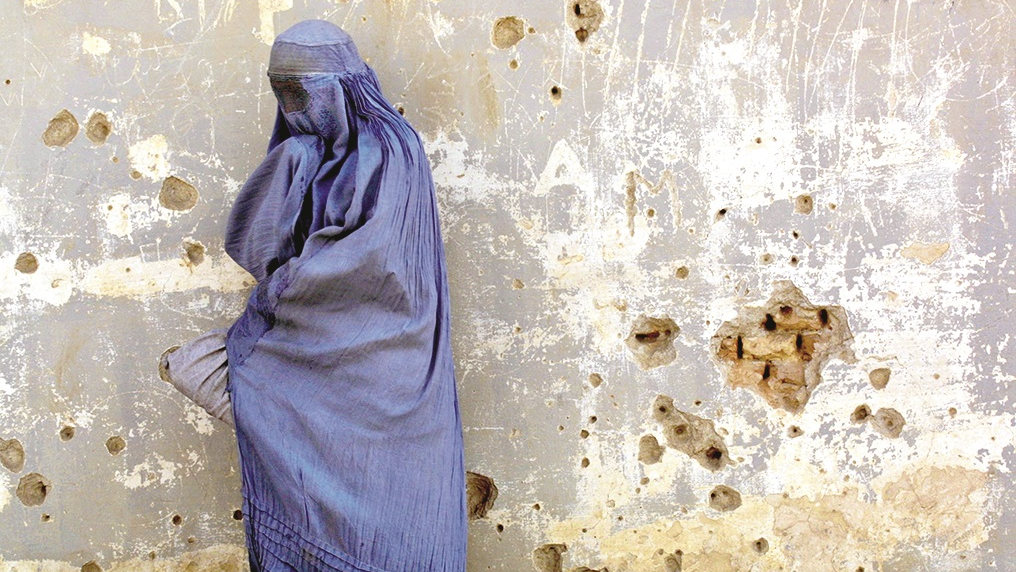Book: Dancing in the mosque: An Afghan mother’s letter to her son
Author: Homeira Qaderi
Publisher: Fourth Estate
Price: Rs 699
Post-Taliban Afghanistan in 2001 suggested a narrative of fundamental change. Moving from the medieval to the modern seemed a plausible enough transition. Kabul and its environs presented a microcosm of the destruction of Afghanistan as a whole and its regression into the medieval. Movement henceforth, it was easy to believe, could only be forward — towards modernity. Two decades later that idea of linear progress is debatable and you question assumptions about continuity and change in Afghanistan.
These are some of the thoughts that occur when reading Homeira Qaderi’s excellent autobiography translated by Zaman S. Stanizai. This is a coming-of-age memoir set in war-torn Afghanistan in the early 1980s. The book could well be read as a novel but the author makes it clear it is not. The first-person narrative begins from the time she was a young girl in Herat, when the principal axis of conflict was the violence inflicted by the Soviet troops and the resistance to them by the mujahideen. The next phase is that of the civil war, followed by the rule of the Taliban. The narrator’s marriage, her life thereafter as an Afghan refugee in Tehran and, finally, her return to Kabul in a post-Taliban but still unsettled Afghanistan comprise the chronological phases of the book. Each of these phases inflicted its own tranche of violence and destruction and these remain major tropes in Afghanistan’s recent history. A sub-narrative is a sequence of letters to her son, explaining and contextualizing her life but also giving what appears to be a long apology.
Not entirely surprisingly, this is a story of a society where girls have to struggle hard. The environment of conflict that engulfs them adds extra burdens but even otherwise there is no easy option available, especially for those who wanted to study or do other things outside traditional roles: “My grandmother believed that one of the most difficult tasks that the Almighty can assign anyone is being a girl in Afghanistan,” she writes. When a paedophile mullah is forced out of the local mosque, it is a reminder of the perils that stalk an adolescent’s small universe regardless of the larger changes underway. Post-Soviet Afghanistan saw the mujahideen separate into ethnic divisions and the civil war that followed caused violence and devastation far in excess of what had taken place under the Soviets. This set the stage for a new force to emerge and impose its own version of order. For the protagonist of the story, this meant a real descent into darkness.

Dancing in the mosque: An Afghan mother’s letter to her son by Homeira Qaderi, Fourth Estate, Rs 699 Amazon
Under the Taliban, with the schools closed, our protagonist at 13 began home-schooling for little girls from the neighbourhood. Her father, a teacher himself, and mother were supportive but secrecy was vital as the dangers were real. Teaching is followed by experiments in writing and here too there were other dangers — anything published in a woman’s name is blasphemous for the Taliban. Yet, despite these dangers, a secret women’s space is created and that is what gives the book its title.
Amidst this, the paedophile mullah returns along with the Taliban. The Taliban commander makes clear his intention to marry her. In these circumstances, a quick arranged marriage and flight became the only option and the narrator finds herself in Tehran with a new family.
To reveal more would be doing injustice to potential readers of this book and spoiling a gripping, and often dramatic, narrative. The sub-theme that runs through with letters to a faraway son also catches up with the main narrative, making for an ending that is convincing, one that does not erode the book’s integrity.
Dancing in the Mosque is a meaningful read for other reasons also. Its portrayal of events and different phases in recent Afghan history is nuanced and avoids the black and white often found in sympathetic, Western portrayals. The Taliban do turn Afghanistan into an area of darkness, especially so for its women, but misogyny and patriarchy run deeper than contemporary conflicts and fissures. The largely brainwashed and unlettered young men who make up the Taliban are also victims and have moments of redemption — a young Talib, for instance, finds out about the girls’ home school but keeps it a secret. The narrator develops an adolescent fondness for him but he is soon killed in some minor battle. But in his last rushed conversation with Homeira, he asks for help to write a letter to his mother.
Homeira’s life in Tehran is in contrast to that in Taliban-controlled Afghanistan and also different from most Western portrayals — books were plentiful and “[t]he city was shared equally between men and women”. Tehran, in fact, leads to the opening up of numerous possibilities and the freedom Homeira encounters there is, in many ways, the most riveting part of the book. In brief: strongly recommended, especially for those interested in a fresh perspective from Afghanistan.










